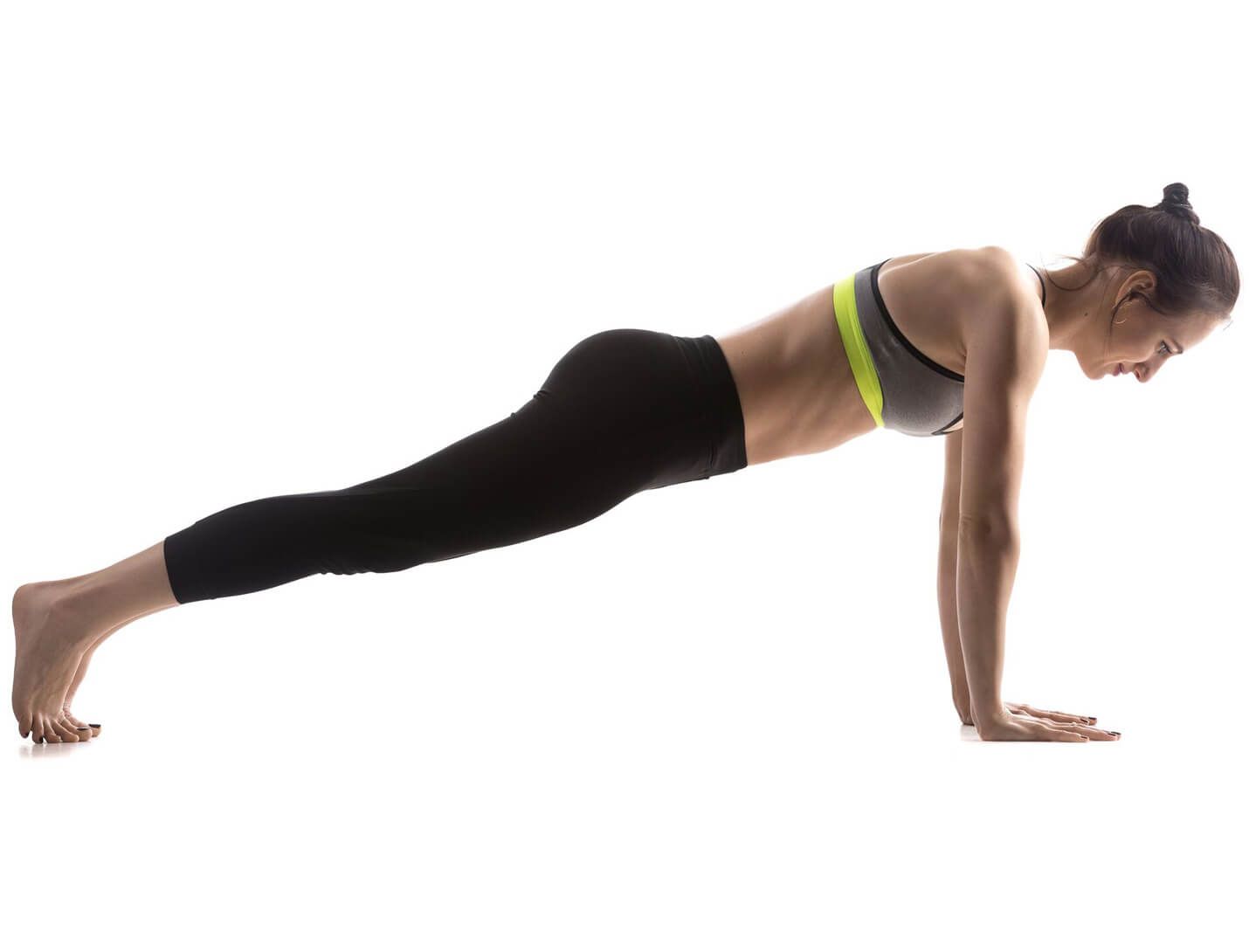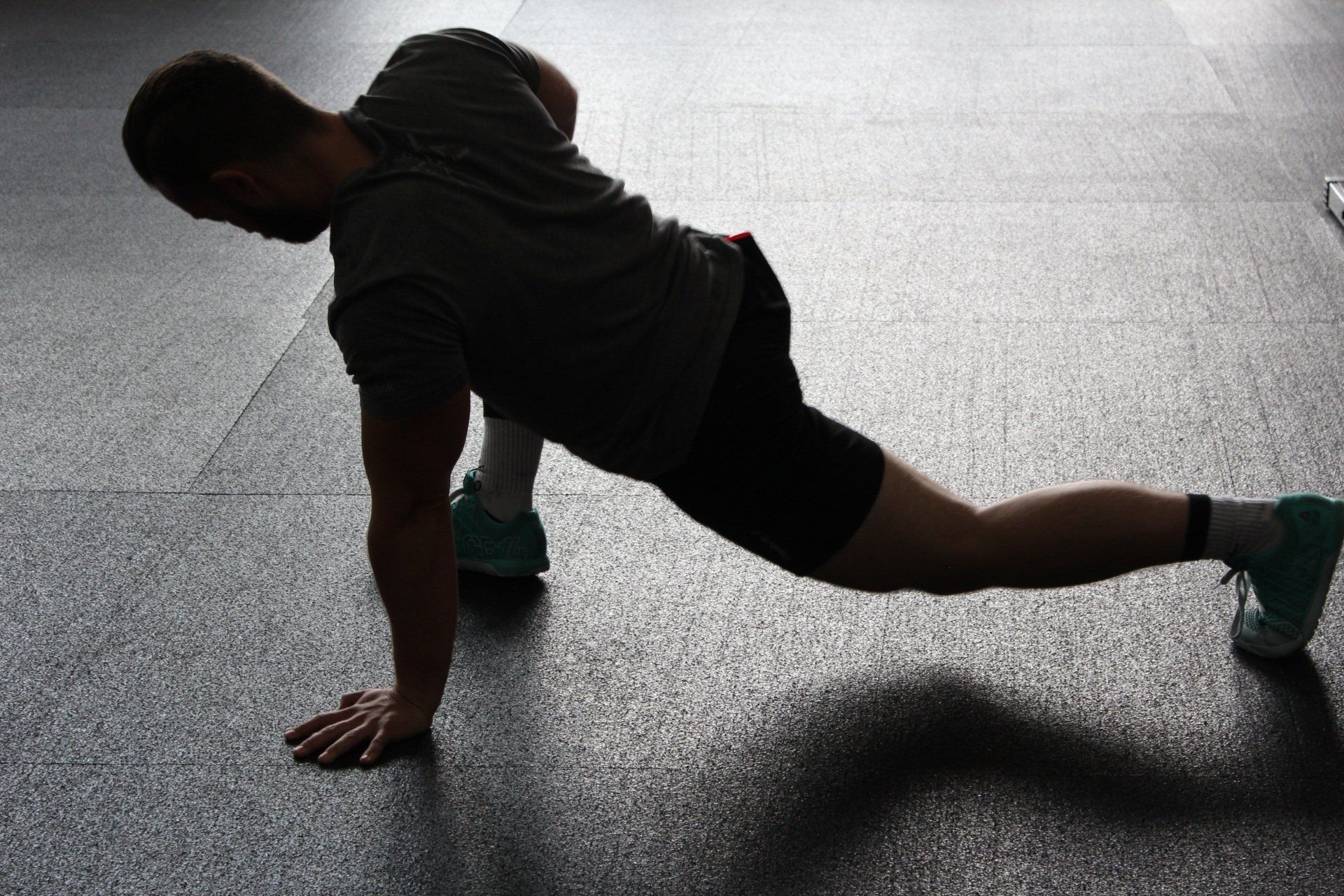Used correctly, kettlebells can be a great addition to your strength training routine. Find out if you’re making these common mistakes—and learn how to fix them too
|
Kettlebells are everywhere, and for good reason: They’re a great way to add strength and resistance to your workout in moves that engage your muscles from head to toe. (Try this Killer Kettlebell Workout.) However, reaping the benefits is dependent on performing the moves correctly. Practice incorrect form, and you’re setting yourself up for injury, or at the very least, an inefficient exercise.
Here to help you get the most out of your kettlebell moves is Kelvin Gary, owner and lead trainer at Body Space Fitness in New York City. Gary is a big believer in the power of kettlebells—a quick browse of his Instagram will prove that—and has seen how these bell-shaped weights can both transform his clients’ bodies when used correctly, and really mess up their progress, if critical mistakes are made. Take a look at these five basic kettlebell moves, and the most common form errors associated with them. Don’t worry, we show (and tell) you how to do them the right way!
Kettlebell Swing
The Right Way
With the kettlebell on the floor in front of you and legs in a wide stance, grab the bell by the handle with both hands. Hinge at the hips, bringing the kettlebell back and between your legs. Keeping your core engaged, forcefully propel the kettlebell forward by thrusting your hips forward and contracting your glutes. The kettlebell should swing to chest height before you let gravity take over, bringing it back between your legs. Repeat the move from start to finish in a fluid motion.
3 Mistakes You’re Making
- Hyperextending your back as you stand up. This puts too much pressure on your spine.
- Squatting instead of hinging at your hips. This puts the focus on your quads instead of your glutes and hamstrings.
- Breaking the momentum of the swing at the top, holding the kettlebell up with your arms instead of letting gravity take over. This puts unnecessary stress on your shoulders and makes the move less efficient.
Kettlebell Clean
The Right Way
Grab the handle of a kettlebell with one hand and sit back into your hips (as you would when prepping for a deadlift). While maintaining a neutral spine, propel the kettlebell up vertically by thrusting your hips forward, pulling your elbow back and tight to your side. When the kettlebell becomes weightless, quickly punch your hand around the bell, bringing it to a stop in the racked position (at shoulder level). Bring the bell back down to hover just above the floor and repeat.
3 Mistakes You’re Making
- Turning the move into a bicep curl, by not using your hips to send the bell vertical.
- Not “punching” through the handle. Punching is what stops the momentum of the bell, and will lessen the impact of the bell on the outside of your hand.
- Performing or finishing the move outside your shoulder. This wide position puts unnecessary stress on your shoulder and elbow.
Kettlebell Front Squat
The Right Way
Bring the kettlebell to chest height, gripping the bottom of the bell in both hands; thumbs should be through the handle. Keeping your elbows tucked in, perform a full squat, pressing into your heels to drive your body up to standing position. Squeeze your glutes at the top of the move to fully extend your hips. Squat back down to repeat the move, never letting the bell drop below chest height.
3 Mistakes You’re Making
- Holding the kettlebell too far away from your chest
- Pointing elbows out to the sides. They should be tucked in toward the midline of your body.
- Not standing up all the way. This puts the focus more on your quads instead of your glutes and hamstrings.
Kettlebell Overhead Press
The Right Way
Start with feet shoulder width apart and a kettlebell in the racked position (near your sternum). Press the kettlebellstraight up and overhead without using your legs to advance the motion. You should finish with your arm fully extended and in line with your ear. Bring the bell straight back down to starting position and repeat.
Mistakes You’re Making
- Starting with the kettlebell wide, outside of the racked position. This puts a lot of pressure on your shoulder and impedes your core from helping with the exercise.
- Not fully extending your arm at the top of the move.
- Leaving your extended arm out to the side, away from your ear.
Kettlebell Single-Arm Row
The Right Way
Step your right foot back, keeping the leg straight and directly behind you, as you bend your left knee. Place left forearm across and perpendicular to your left thigh as your torso falls forward, coming parallel to the floor. Pick up the kettlebell (on the floor beneath your shoulders) with your right hand, pulling or rowing the weight up. Elbow should be tucked close to your side as you squeeze your shoulder blade back. Bring bell back to starting position and repeat.
3 Mistakes You’re Making
- Failing to bring your torso parallel to the floor. This turns the rowing motion into more of a shoulder shrug, which alters the muscles at work.
- Using your biceps to control the movement instead of allowing your shoulder blades to move around the rib cage, which put the focus correctly on the back
- Pivoting your forearm during the row, which turns the grip on the kettlebell and taxes your muscles and joints around your forearm and wrist.
The post 5 Kettlebell Moves You’re Probably Doing Wrong (and How to Fix Them) appeared first on Body Space Fitness.











